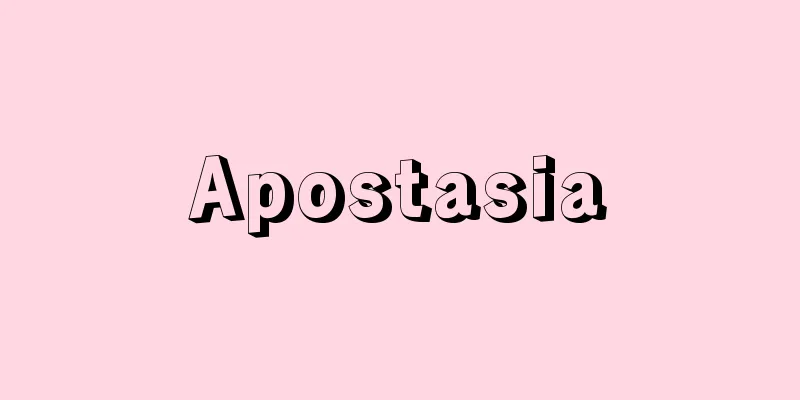Satsumaage - Fish cakes

|
This is fried kamaboko made by deep-frying paste fish meat. In the Kanto region it is called "satsumaage", in the Kansai region it is called "tempura", and in the Kagoshima region it is called "tsukeage". The main ingredients are frozen paste fish such as shark and Alaska pollock, but also blue-backed fish such as tuna, pacific saury and sardines, which are not often used in ordinary paste products, are used. This is because it is heated strongly, so it can use fish meat that is less elastic than that of steamed kamaboko. The inclusion of sardines also enhances the umami flavor, and deep-frying it makes it even tastier. Seasonings are added to the paste fish, which is kneaded, shaped and deep-fried to give it a slightly sweeter taste. Other products include chopped vegetables such as carrots and onions, or rolled around burdock, squid, shrimp, or boiled eggs, and some contain spices such as sesame, ginger, pepper, and chili pepper. They keep better than kamaboko. They can be eaten as is, or grilled and dipped in soy sauce. They can also be simmered or used as an oden topping. [Tomomi Kono] It is also called "tempura" or "tsukeage" . ©Shogakukan Satsumaage Source: Shogakukan Encyclopedia Nipponica About Encyclopedia Nipponica Information | Legend |
|
魚肉のすり身を油で揚げた、揚げかまぼこをいう。関東で「さつまあげ」、関西では「てんぷら」とよび、鹿児島地方では「つけあげ」という。原料魚としてサメ、スケトウダラなどの冷凍すり身を主にし、これにマグロ、サンマ、イワシなど、普通の練り製品ではあまり利用しない背の青い魚も利用する。これは強く加熱されるので、蒸しかまぼこなどより弾力の低い魚肉も利用することができるからである。またイワシなどが入るため、うま味が増し、油で揚げることにより、さらに味がよくなる。原料魚のすり身に調味料を加え、こねたのち形をつくり、油で揚げ、甘味をやや強く仕上げてある。このほかニンジンやタマネギなどの野菜を刻んで入れたり、またゴボウ、イカ、エビ、ゆで卵などを芯(しん)にして巻いたり、ゴマ、ショウガ、こしょう、唐辛子などの香辛料を加えた製品もある。かまぼこよりも保存がよい。そのまま、あるいは焼いてしょうゆをつけて食べる。また煮つけや、おでん種(だね)にもする。 [河野友美] 「てんぷら」、「つけあげ」ともよばれる©Shogakukan"> 薩摩揚げ 出典 小学館 日本大百科全書(ニッポニカ)日本大百科全書(ニッポニカ)について 情報 | 凡例 |
<<: Sweet potato (Satsumaimo) - Ipomoea batatas; sweet potato
Recommend
Inka - Inka
〘Noun〙 ("In" means a sign or seal of app...
Shimoda [town] - Shimoda
Oirase is an old town in Kamikita district, easter...
Kenaisetsu - Kenaisetsu
This is the core idea of Mohist thought, preache...
The Gospel According to Matthew
One of the four gospels in the New Testament. Alon...
Caraway - Karawei
...The lyrics include praising Buddha, kings, and...
Otaue - Otaue
An old-fashioned rice planting style. Under the di...
Oami Shirasato [town] - Oami Shirasato
This is an old town in Sanbu County, occupying the...
Underground - Jige
〘Noun〙 ("ji" and "ge" are the ...
Divine Order - Shinkai
Ranks given to gods. Also called shin'i. They...
Encryption Protocol
...Also, because it is a layer, it is highly vers...
hukuma (English spelling)
...Of course, daula is a concept centered on the ...
Wabunso - Shitori no Sho
This manor was established in Wabun-go, Kume-gun, ...
laccol
...The drying of urushi involves polymerization d...
Kenkichi Kataoka
A liberal and civil rights activist. Born on Dece...
Disabled veteran
A soldier or military personnel who was injured d...









